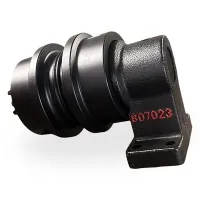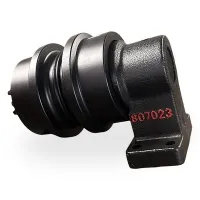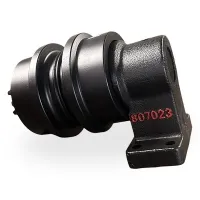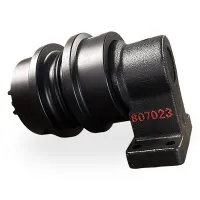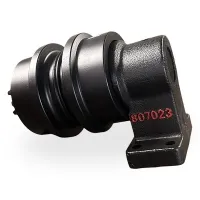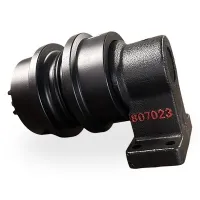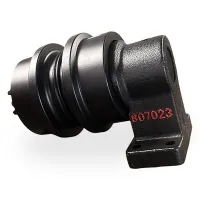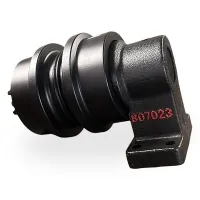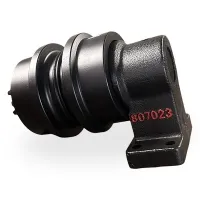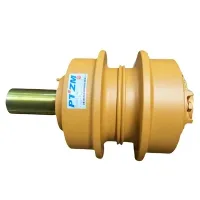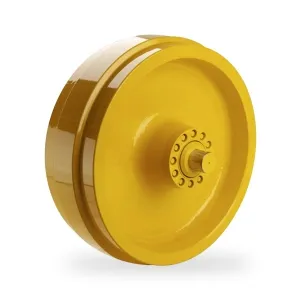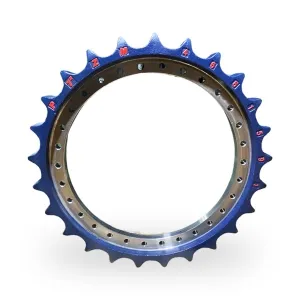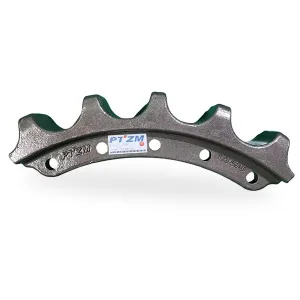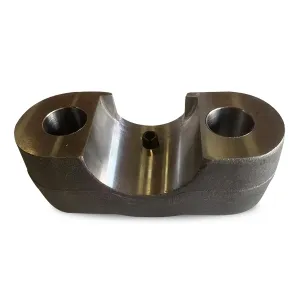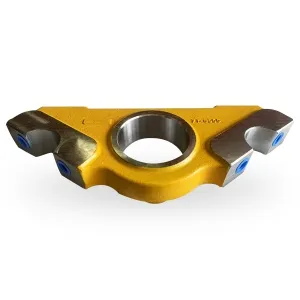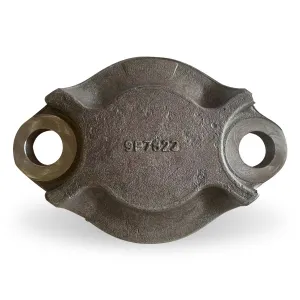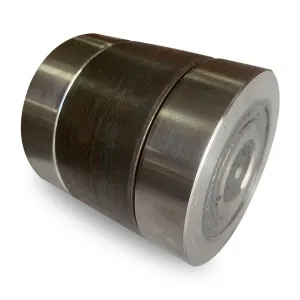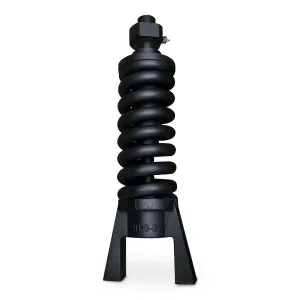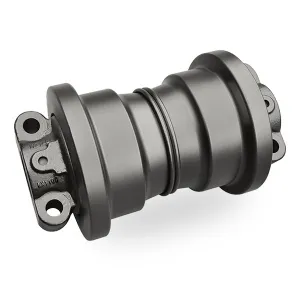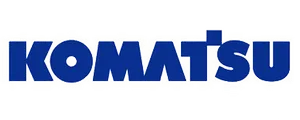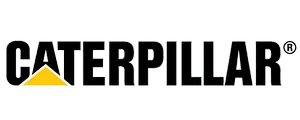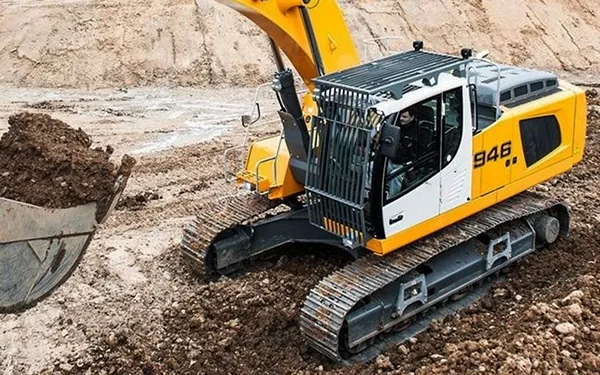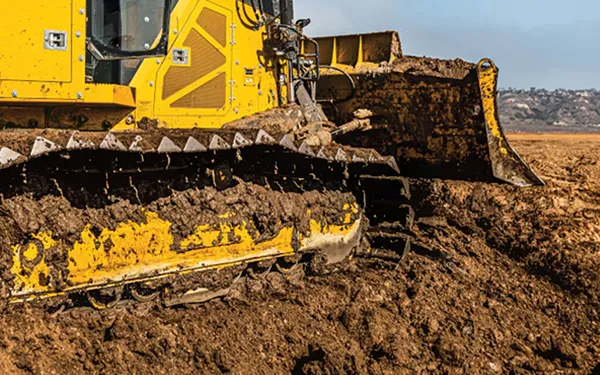PT'ZM manufactures Caterpillar aftermarket carrier rollers using high-strength forged steel combined with precision heat treatment. Each roller is equipped with pure copper bushings and high-density sealing systems for long-term durability and reliable operation. Our carrier rollers are fully compatible with a wide range of Caterpillar equipment models, including D6H, D8T, D10T, and the E-series, delivering strong wear resistance and stable performance in demanding work environments.
Excavator Carrier Rollers
Bulldozer Carrier Rollers
Are Caterpillar aftermarket carrier rollers manufactured to match OEM specifications?
Are Caterpillar aftermarket carrier rollers manufactured to match OEM specifications?
Yes. Our Caterpillar carrier rollers are produced with 1:1 dimensional accuracy and follow strict material and structural standards, fully matching OEM specifications to ensure proper installation and reliable operation.
What materials are used in Caterpillar carrier rollers?
What materials are used in Caterpillar carrier rollers?
We manufacture Caterpillar carrier rollers using forged 40MnB2 high-strength steel for the roller body, combined with a 42CrMo alloy steel center shaft. The rollers feature pure copper bushings and high-density sealing rings, providing excellent wear resistance and internal protection against contamination.
Are Caterpillar carrier rollers suitable for mining and extreme conditions?
Are Caterpillar carrier rollers suitable for mining and extreme conditions?
Yes. Our Caterpillar carrier rollers are specifically designed to perform under high impact, heavy dust, and high humidity conditions found in mining environments. With surface hardness up to HRC 48–55 and advanced sealing systems, the rollers maintain stable performance even under severe working conditions.
Are Caterpillar aftermarket carrier rollers suitable for forestry or off-road applications?
Are Caterpillar aftermarket carrier rollers suitable for forestry or off-road applications?
Yes. The carrier rollers are fully sealed and capable of operating in muddy, uneven, and dusty outdoor environments often encountered in forestry and off-road construction.
What common issues can lead to track dislocation on excavators?
What common issues can lead to track dislocation on excavators?
Frequent track dislocation may indicate mechanical issues. Possible causes include:
- Tension cylinder failure
- Severe track wear
- Track shoe wear
- Sprocket ring wear caused by chain damage
- Damaged track rollers, carrier rollers, or sprockets
- Idler or roller failures
Is occasional track dislocation always a sign of mechanical failure?
Is occasional track dislocation always a sign of mechanical failure?
Not necessarily. Occasional dislocation may occur due to mud, rocks, or improper operation, but persistent dislocation requires a mechanical inspection.
What happens when an excavator carrier roller becomes damaged?
What happens when an excavator carrier roller becomes damaged?
Damaged carrier rollers may cause uneven travel, reduced power, and machine drift, affecting overall undercarriage stability.
How can I reduce the risk of carrier roller damage?
How can I reduce the risk of carrier roller damage?
- Regularly lubricate rollers
- Avoid prolonged parking in muddy or wet environments
- Clean accumulated dirt after operation
- Keep the undercarriage clean and dry, especially during winter seasons
How long do Caterpillar bulldozer undercarriage seals last?
How long do Caterpillar bulldozer undercarriage seals last?
For Caterpillar bulldozers such as the D9, D10, and D11 series, the chain seals typically last around 4000 working hours under normal conditions.
When should Caterpillar bulldozer undercarriage seals be replaced?
When should Caterpillar bulldozer undercarriage seals be replaced?
As operating hours approach 4000 hours, seals may begin to leak, leading to dry friction on coupling pins. It’s recommended to replace the seals before excessive wear occurs to maintain full undercarriage service life.


